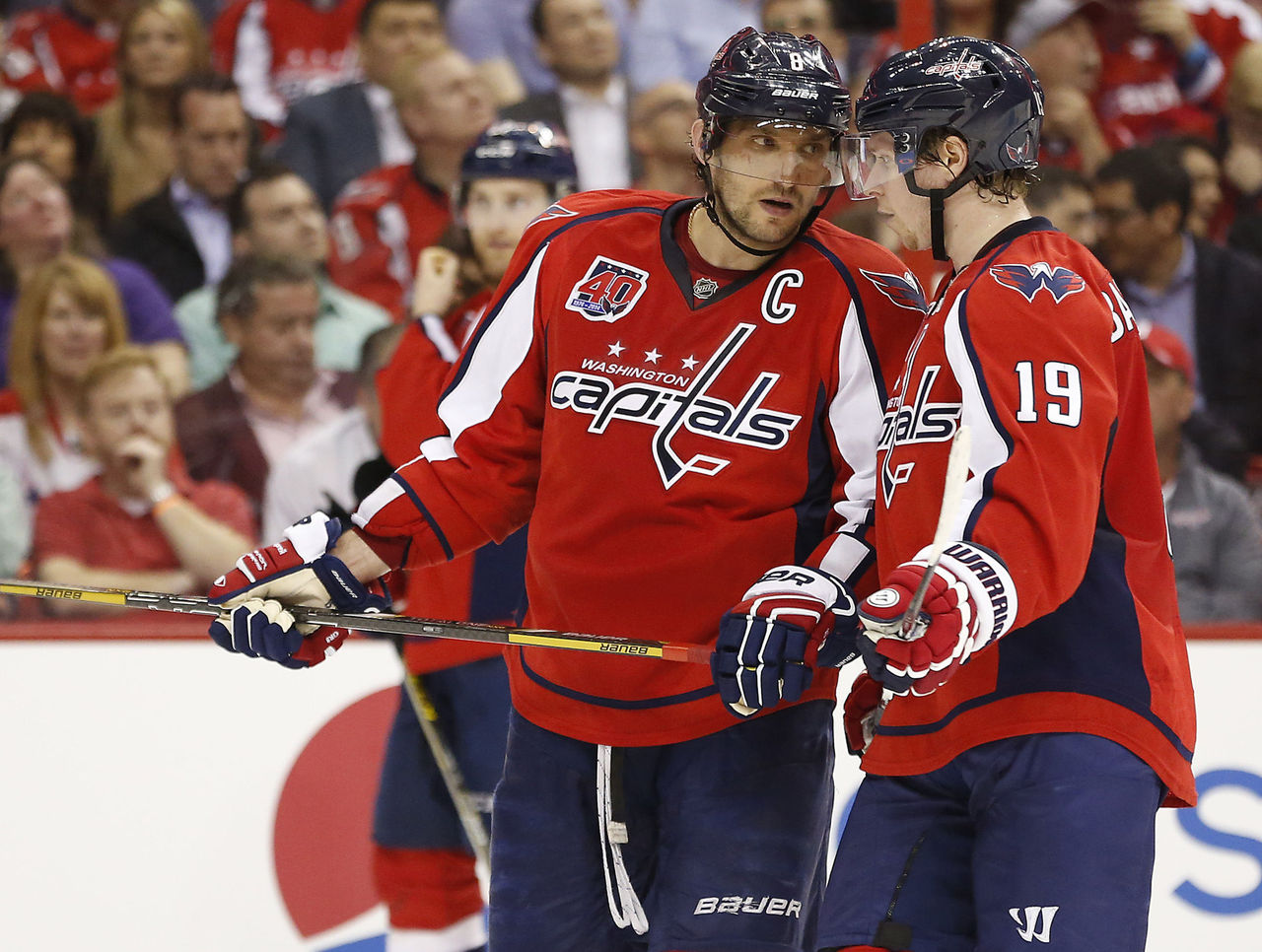DFS: NHL Team Selection - Studs and Duds vs. a Balanced Lineup
When it comes to filling out your roster for NHL DFS games, there are two commonly used approaches, which will be described here in detail.
Studs and Duds

This option involves selecting a few high-priced superstars (think Alexander Ovechkin, Steven Stamkos or Sidney Crosby) who take up a significant chunk of your salary cap and complementing them with some low-salaried gambles who have upside based on a particular night's matchup.
Generally, mid-priced players are avoided in this scenario, as your roster is intended to be top heavy. In tournament play formats, making educated selections of your lower-salaried players is key to finishing as high as possible. The thinking is that your stars are likely to be consistent performers, so if you can hit on some or all of your riskier selections, you'll be in a position to beat a crowded field of entrants who likely did not make many of the same choices you did.
In a cash game format, where consistency and guaranteed points are key, this approach can easily backfire, so it's best to only employ this strategy in GPP or tournament play.
The Balanced Lineup Approach

A balanced lineup expects each player chosen to provide a consistent return, with some variance based on the different positions (goalies, defensemen, and forwards). Unlike the above-mentioned studs and duds approach, a balanced lineup is achieved by selecting mid-priced players across the board.
In cash games, fielding a balanced lineup free of gambles or weak links is the key to finishing among the roughly fifty per cent of winners. In GPP or tournament play, however, a balanced lineup is likely to lack the upside that exists when choosing a team full of superstars and value-priced gambles.